
| Specifications |
| Publisher: PILGRIMS PUBLISHING,VARANASI | |
| Author: Rev. A. H. Francke | |
| Language: English | |
| Pages: 198 (Black & White Illustrations: 25, Maps: 3) | |
| Cover: Paperback | |
| 4.6"X 6.7" | |
| Weight 250 gm | |
| Edition: 1999 | |
| ISBN: 8176240672 | |
| IDI071 |
| Delivery and Return Policies |
| Ships in 1-3 days | |
| Returns and Exchanges accepted within 7 days | |
| Free Delivery |
I am grateful to Mr. Francke and the Moravian Mission Office in London for the opportunity of prefixing a word of introduction to this valuable little book. Sir Alexander Cunningham's remarkable faculty of eliciting information enabled him to include in his general account of Ladakh (London, 1854, pp. 318, sqq.) an abstract of its history from about, A.D. 1580 based upon a native chronicle. He questioned, mistakenly, as now appears, the statement of Csoma Korosi regarding the existence of a continuous narrative from earlier times times. In 1866 the later Dr. Emil Schlagintweit published at Munich a text and translation of a Tibetan history in three chapters, of which the last relates to Ladakh; and an analogous work had already been mentioned by Schiefner, and was known to exist in a Kalmuck version entitled Bodhimur. Nearly all later researches bearing upon the history of Western Tibet- they will be found recorded in Mr. Francke's bibliography (pp. 6, sqq.)- are due to the Moravian Mission.
Dr. Marx's " Three Documents" include the chapter mentioned above and two other originals, which he himself brought to light. Of the former he provided a revised rendering. He did not have to publish his work, which, however, fell into competent hands. Babu Sarat Chandra Das saw through the press the Tibetan portion of the first article, and the translation of the third was supplied by Mrs. Theodora Francke, sister- in- law to Dr. Marx, and wife of our present author. To Mrs. Francke also we are indebted for the publication and translation of an account of the more recent history taken down from the lips of an aged native of Kalatse.
Mr. Francke's own pioneer researches into the dialects, customs, folk-lore, ethnology and archaeology of Western Tibet are becoming widely known. The Moravian Mission is to be congratulated upon finding so prolific and versatile a scholar to take up the work of Jaschke and Marx. To him we own the first Grammar of Ladakhi. He has published several interesting studies concerning the neighboring Dards, and close to the Tibetan frontier he has revealed traces of ancient settlements of that race. We have already from him a language map of the wide territory within his purview, and- not to mention minor poetry and proverbial lore- a local version of the national epos of Kesar, celebrated throughout Central and Eastern Asia, Last but in our present connection most important of all we should mention two fasciculi of Tibetan inscriptions, discovered and copied by him. A future Corpus Inscriptionum Tibeticarum will look back to this beginning; and in the meanwhile the published inscriptions supply, by checking the statements of the monkish chroniclers, a valuable traveler will not fail to profit furthermore by the archaeological guidance which Mr. Francke has thoughtfully supplied (pp.9-11).
Can we spare a word to that remarkable example of journalistic enterprise the La- dwags-kyi-Ag-bar, or Ladakh News,, which each month conveys to those high and remote valleys, in native script and language the news of India and the world? The Story of Jesus Christ in Ladakhi (second edition, 1906) belongs to the more special work of the mission. I do not think that the Moravian Society has reason to regret the labours of its representatives in the field of scholarship: that such labours are far from alien to its objects might be known from the practice of kindred Societies which have contributed eminent names to the study of one might almost say, every Indian language and literature. And the English reader may repose every confidence in this interestingly written History of Western Tibet, as the outcome not only of scholarly enterprise and research, but also of familiarity with the country and the people.
Back of the Book
Here is a unique feat in historiography of one of the most inhospitable and inaccessible regions of the East. The author reconstructs the history of Western Tibet and Ladakh region from primitive local records, edicts and folklore. Among the available sources, on the one hand there was purely subjective account documented by the court poets or writers in praise of their masters utterly exaggerating their martial exploits, on the other hand, there were accounts recorded by the foreign, mostly Westerns, not much familiar with the language, custom, mythological references, and socio- cultural jargon. Yet the author strikes a credible and creditable balance. He has presented here a coherent, interesting and generally reliably history of the region amply substantiated by maps, photographs and illustrations. The wars, migrations, religious battles, conversions, ethnic changes and influences spread over a vast span of time (B.C. 200-1900 A.D.) are as far as possible remarkably put into a historical sequence.
| Introduction | 1 | |
| 1 | Greek And Roman Authors on the Nations of Western Tibet | 12 |
| 2 | The mission of the Mons to Western Tibet | 19 |
| 3 | The Migrations of the Dards | 27 |
| 4 | Chinese records of Western Tibet say 640-740 A.D. | 39 |
| 5 | The time of the Tibrto-dard kingdoms about 500-1000 A.D. | 47 |
| 6 | The Inauguration of the Central Tibetan Dynasty and its first kings about 900-1400 | 58 |
| 7 | The days of the Great reformer tsongkapa and the fall of the first dynasty about 1400-1580 | 74 |
| 8 | The time of Balti wars about 1560-1640 | 89 |
| 9 | The great Mongol war about 1646-1647 | 105 |
| 10 | The Quarrel for the Succession about 1680-1780 | 115 |
| 11 | The last two kings about 1780-1834 | 126 |
| 12 | The fall of the Western Tibetan empire 1834-1840 | 137 |
| 13 | The Conquest of Baltistan, 1841 | 154 |
| 14 | The war against central Tibet, 1841-1842 | 161 |
| 15 | Missionary's review | 170 |
|
|
||
| I | Rinchana Bhoti's Career | 179 |
| II | The Ancient History of Lahoul | 181 |
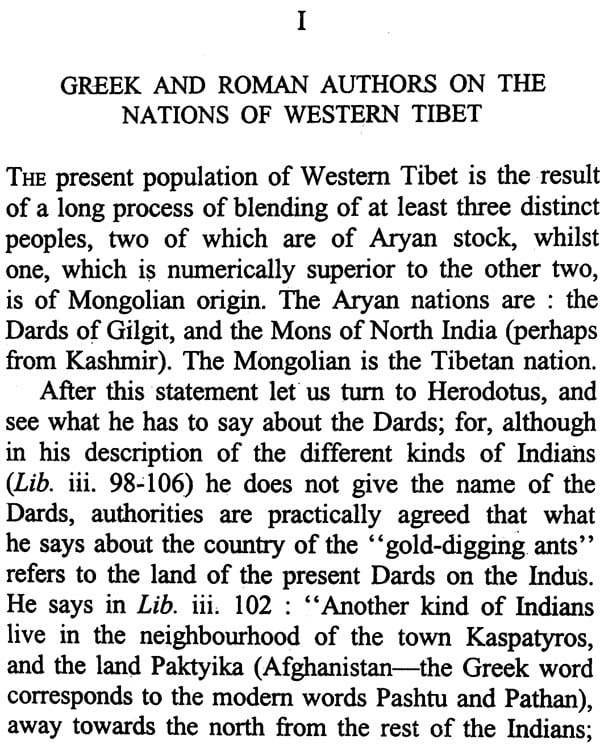
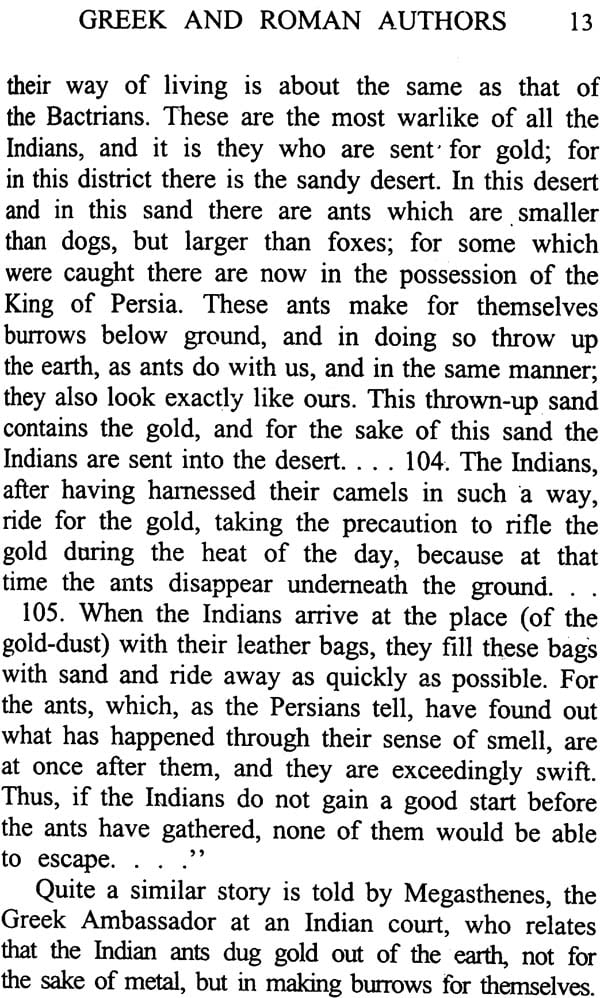
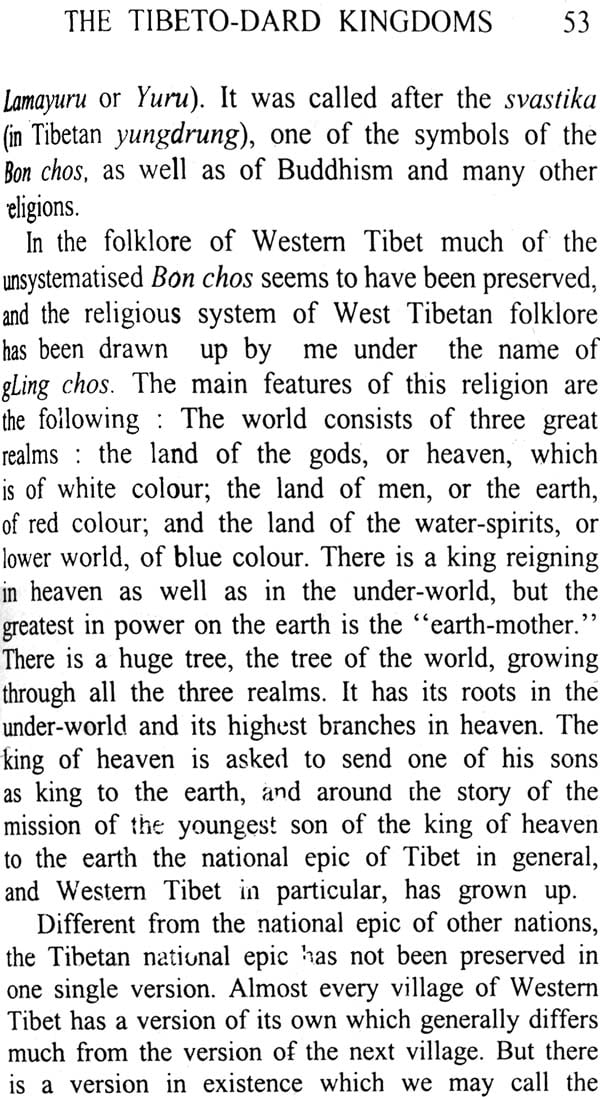
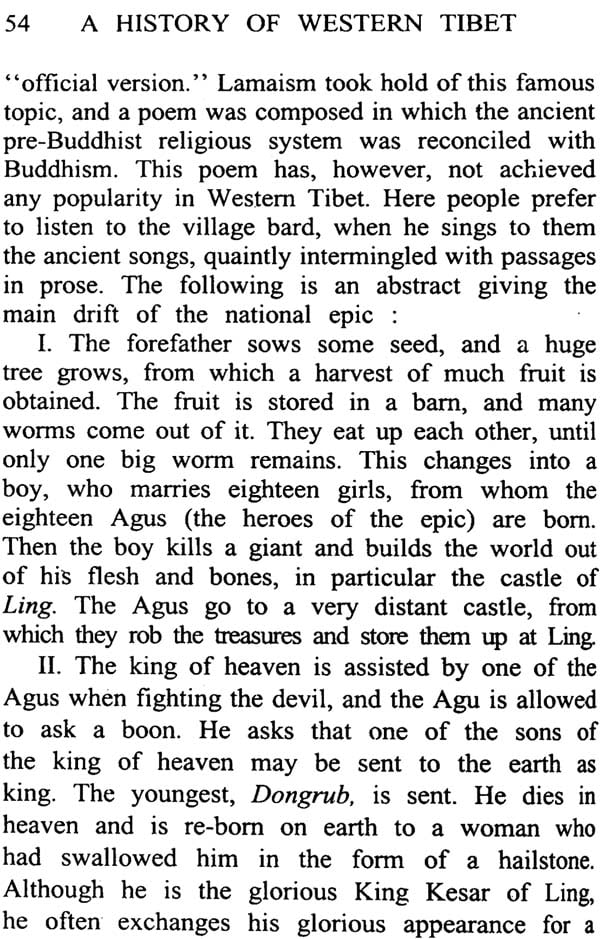
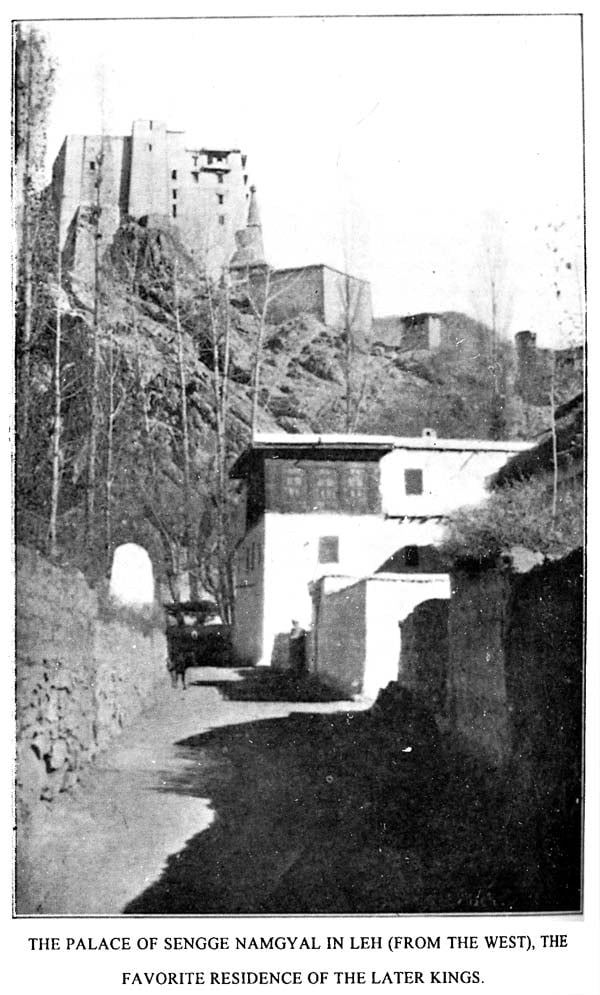
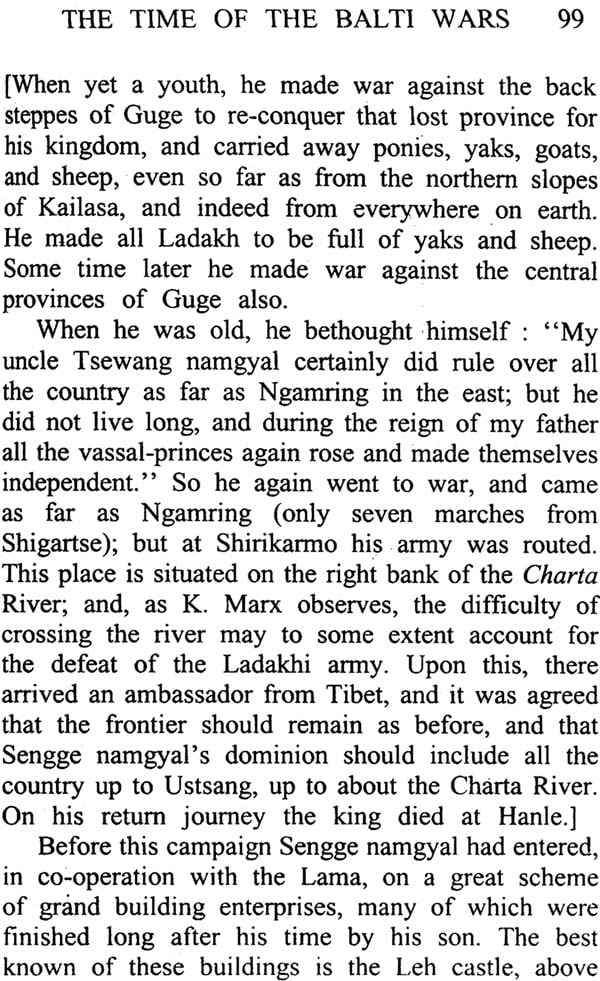
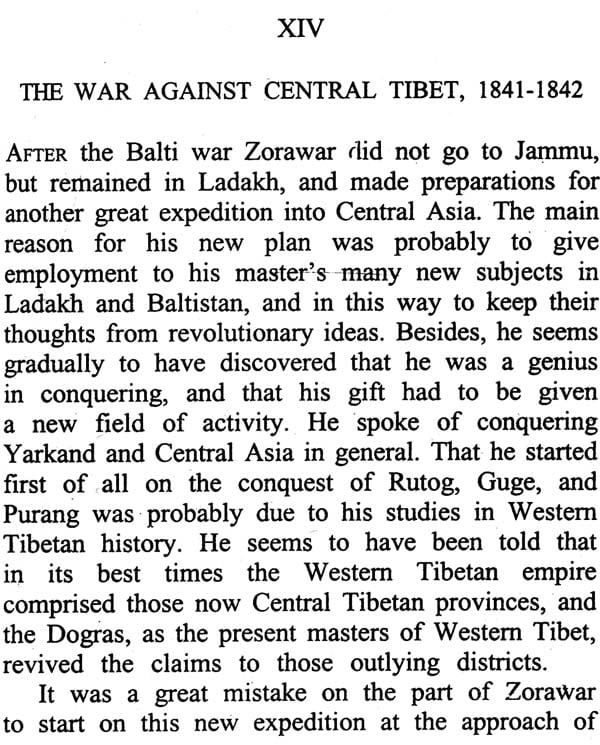
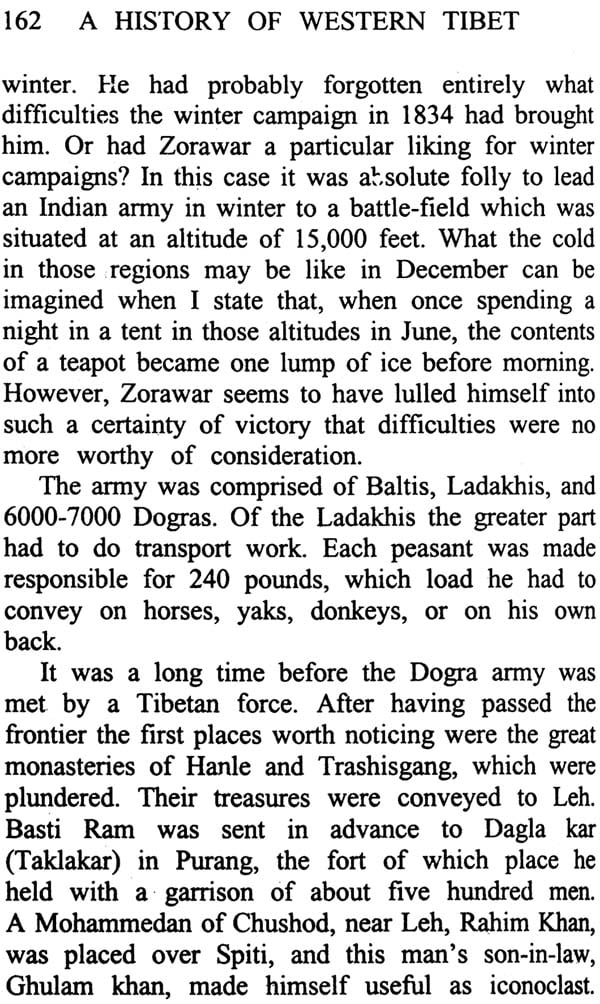
Send as free online greeting card
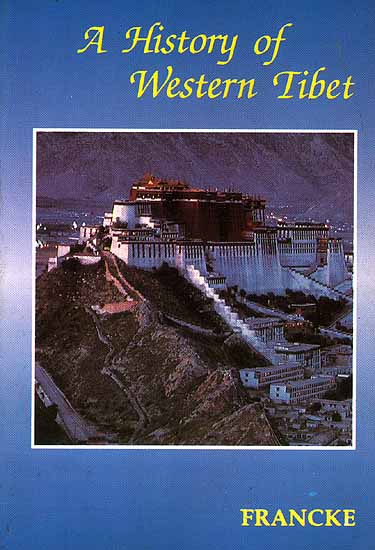
Visual Search